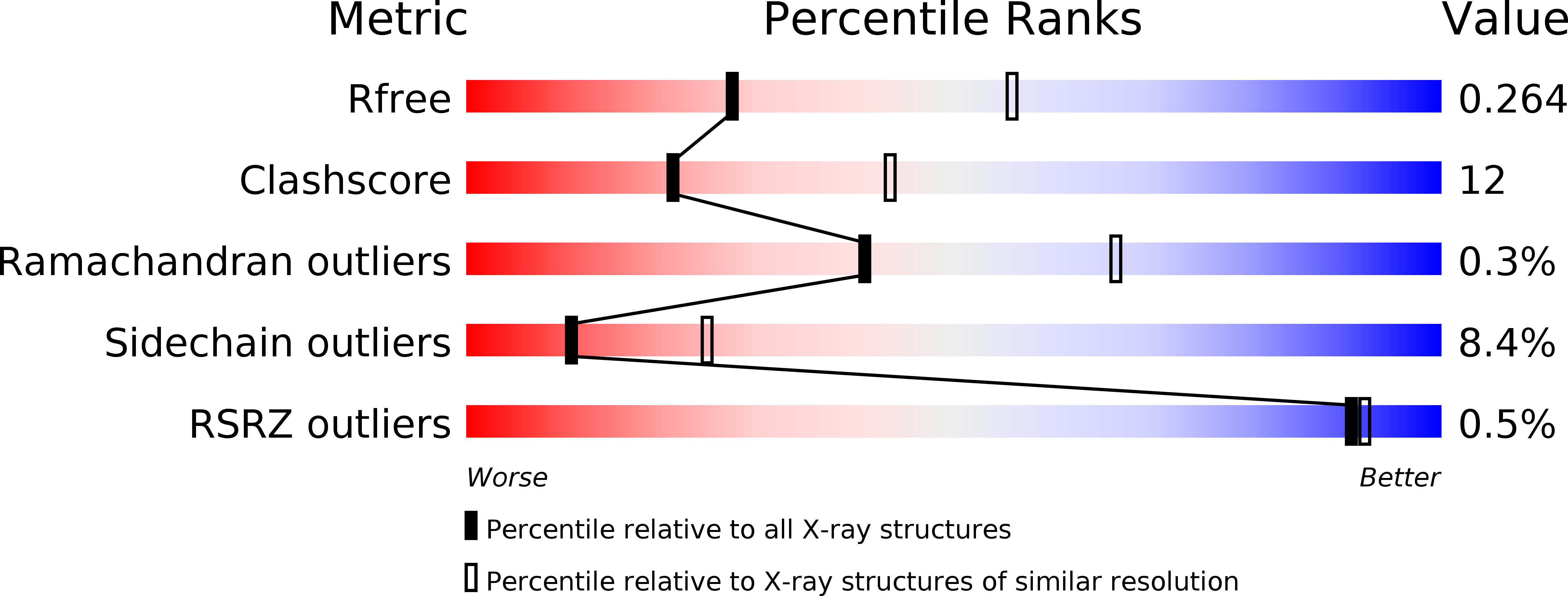
Deposition Date
2013-08-02
Release Date
2014-07-09
Last Version Date
2023-09-20
Entry Detail
PDB ID:
4M0X
Keywords:
Title:
Crystal structure of 2-chloromuconate cycloisomerase from Rhodococcus opacus 1CP
Biological Source:
Source Organism:
Rhodococcus opacus (Taxon ID: 37919)
Method Details:
Experimental Method:
Resolution:
2.70 Å
R-Value Free:
0.26
R-Value Work:
0.17
R-Value Observed:
0.18
Space Group:
P 4 21 2


